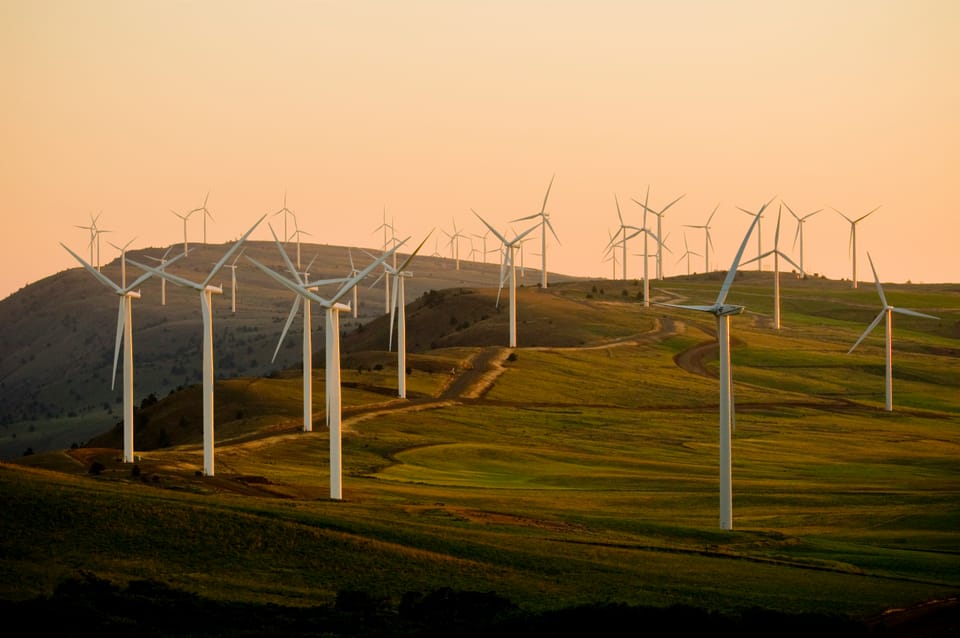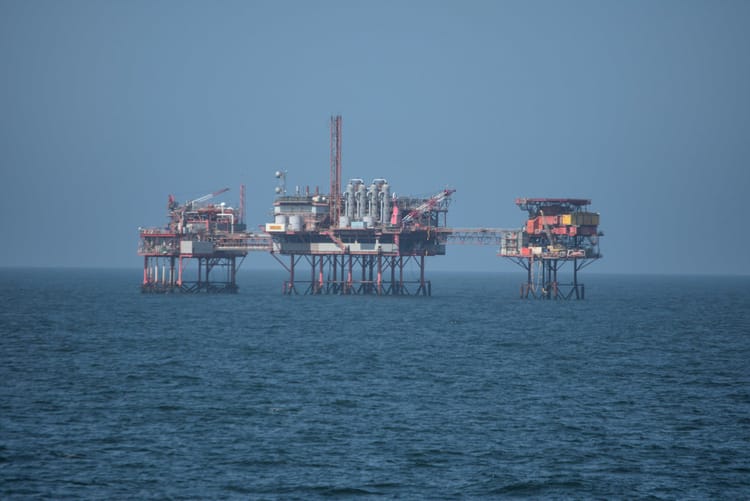Global renewable deployment beats records, but still falls short of tripling goal

Global renewable capacity additions reached an unprecedented 582 GW in 2024 – but still not enough to meet the COP28 target of tripling renewables to 11.2 TW by 2030.
This is according to a progress report on the Dubai pledge, released this week by the International Renewable Energy Agency (IRENA), the COP30 Brazilian Presidency, and the Global Renewables Alliance (GRA).
The report found that in order to meet the global goal established nearly two years ago, the world would need to add a staggering 1,122 GW of renewable capacity every year from 2025 onward – a 16.6% increase in annual growth.
In addition, more progress is needed around energy efficiency, which only improved by 1% in 2024, far below the 4% annual gains needed to meet the UAE Consensus goal and keep the 1.5°C target alive.
“Renewables are not just the most cost-effective climate solution; they are the biggest economic opportunity of our time. This report shows the path: accelerate deployment, modernise grids, scale clean-tech and strengthen supply chains. Every dollar invested brings growth, jobs and energy security. As the custodian agency tracking progress toward the global renewables goal, we call for greater ambition. By raising targets, mobilising finance and deepening cooperation, major economies can lead the energy transition and make COP30 a milestone,” said Francesco La Camera, IRENA’s Director General.
Recommendations to accelerate renewable deployment
In order to accelerate action and meet the target set at COP29 in Dubai, the report’s authors call for countries to integrate renewable targets into their national climate plans (NDCs) ahead of COP30, double collective NDC ambition to align with the global renewables goal, and scale investment in renewables to at least US$1.4 trillion per year between 2025 and 2030. This would more than double the US$624 billion invested in 2024.
“Our industries, led by wind, solar and hydropower, are already delivering growth, jobs and security. What we need now are long-term government plans that match national ambitions; we need pipelines that deliver projects. Plans must deliver enabling action on grids and storage and help maximise the benefits of the energy transition,” added Ben Blackwell, chair of the Global Renewables Alliance.
The report urges the world’s most advanced economies to take the lead: G20 nations are projected to account for over 80% of global renewables by 2030, and the G7 should raise their own share to around 20% of global capacity within this decade.
Investment and grid connections
The report also highlights the urgent need for investment in grids, supply chains, and clean-tech manufacturing for solar, wind, batteries and hydrogen to accelerate the energy transition. Between now and 2030, an estimated US$670 billion must be directed each year towards grids alone.
Renewable energy investments grew by 7% in 2024, but actual disbursements remain far below the levels required to build robust project pipelines and accelerate construction, the organisations add.







Member discussion